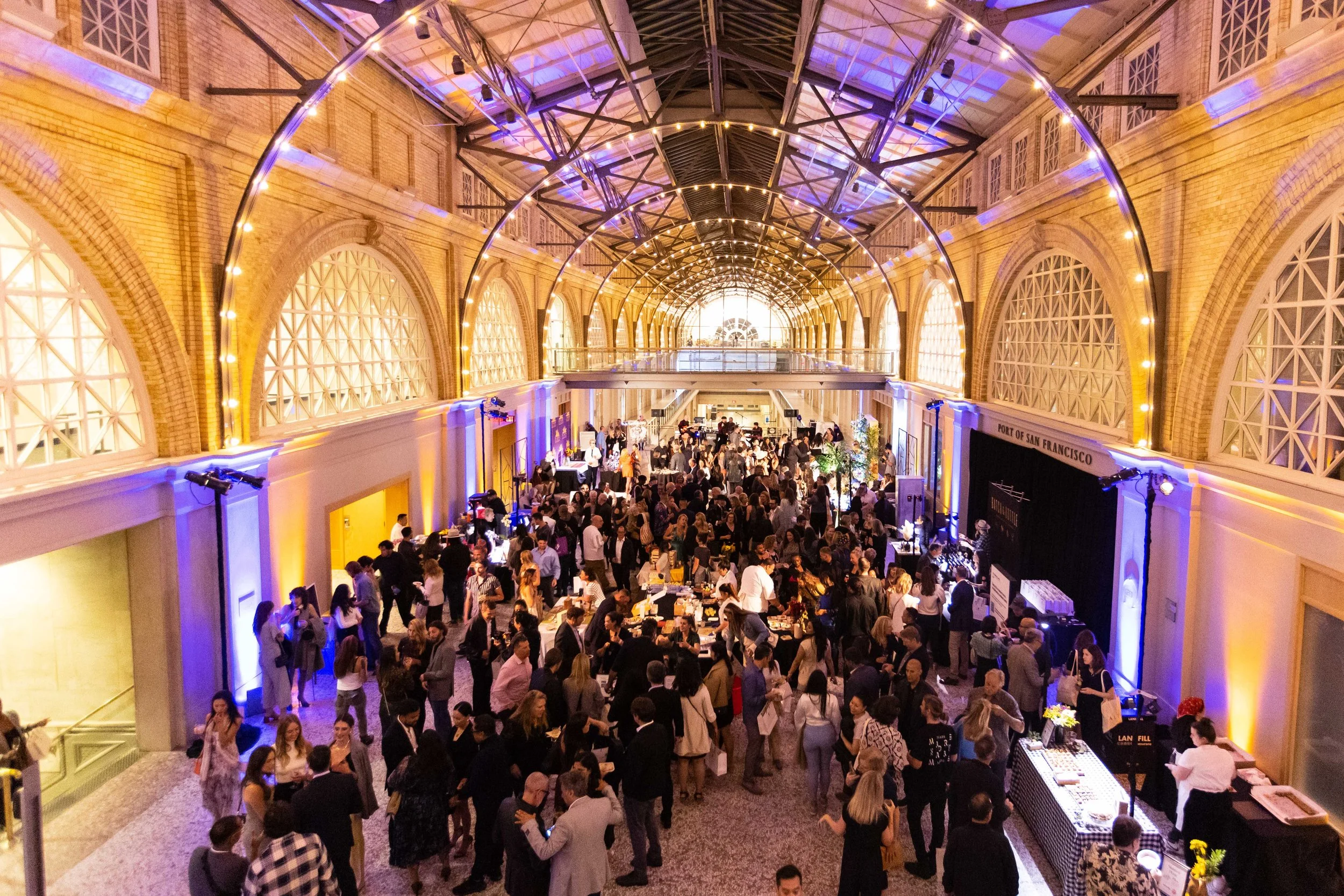Why Experiential Insights Should Drive Your Next Event Strategy
We live in a data-driven world, and proving the ROI of experiential marketing remains one of our industry’s toughest challenges. Recent studies have provided robust evidence that live brand experiences not only capture attention but translate directly into purchase intent. Here’s why this matters and how you can leverage these insights to supercharge your event marketing strategy.
1. Live Experiences Spark Real Buying Decisions
When attendees actively engage with an activation, they’re far more likely to become customers. This isn’t just an anecdote, it’s quantifiable. Whether you’re planning a corporate conference, product launch, or trade show booth, every sensory touchpoint (visual, kinetic, even olfactory) compounds the emotional impact. Use this data to shift budget conversations from broad digital metrics to immersive on-site activations that drive tangible results.
2. Rethinking Budget Allocation
Finance teams often benchmark success on metrics like click-through rates or media impressions. But event ROI requires a different lens. We recommend adopting a new KPI: Cost Per Memorable Moment (CPMM). By aligning budgets with measures that matter such as shifts in purchase intent or attendee satisfaction scores, you make a compelling financial case for investing in experiential programs.
3. Design for Multisensory Engagement
Research shows activations that combine two or more senses (e.g., sight plus touch or sound plus scent) generate the highest intent scores. Practical applications include:
Interactive Demo Stations where prospects physically try products under guided scenarios.
Augmented Reality Experiences that let guests visualize features in real time.
Sensory Sampling (taste, scent) for food, beverage, or fragrance brands. (We're using scent for our next event- layering it in various ways including oil diffusers, dried flowers and scented candles.)
Each layer of engagement deepens memory and moves the needle on brand affinity.
4. Integrate Technology, Center on People
Data makes it clear: technology should enhance the experience, not overpower it. Use AI-driven matchmaking tools to connect attendees with the right experts, but keep conversations human. You can use RFID badges for seamless check-ins, but ensure your team still greets every guest with a smile. The sweet spot lies where innovation meets empathy.
5. Actionable Next Steps
Audit Your Activations: Map out how many senses each current activation addresses.
Pitch CPMM Goals: Create a one-pager for finance outlining how Cost Per Memorable Moment complements traditional KPIs.
Pilot a Micro-Activation: Test a small-scale immersive demo at your next event, measuring intent shifts via quick-poll surveys.
By embracing these experiential metrics, you transform each event into a measurable growth engine, moving into the realm of meaningful brand experiences. In a crowded marketplace, memorable is the new measurable.


